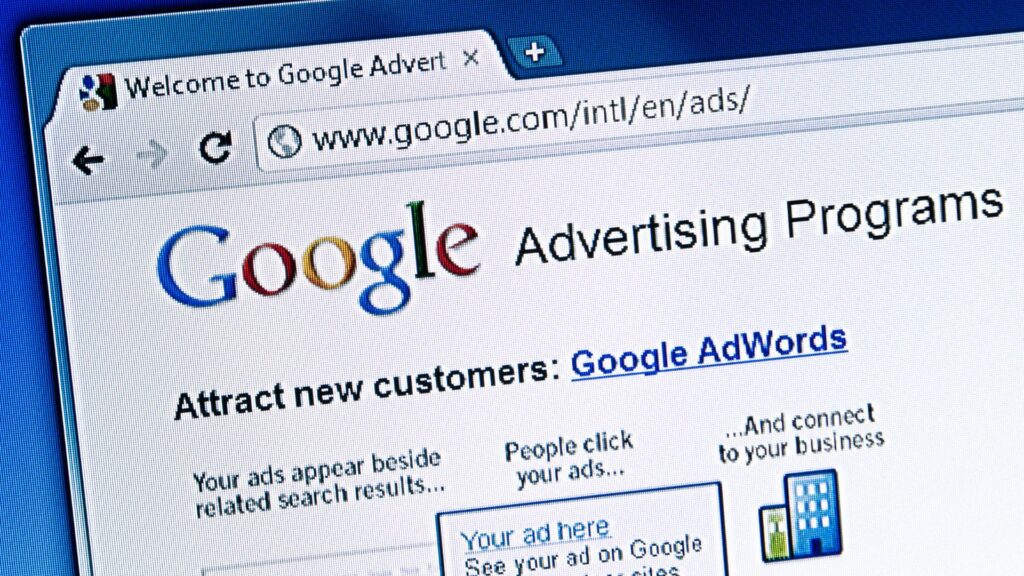
LinkedIn remarketing: A Complete Guide
This guide provides a detailed overview of LinkedIn remarketing, including how it works, the benefits of using this form of advertising, and how to create a custom audience or retargeting list.

Google Remarketing is an incredibly powerful tool for businesses to re-engage with potential customers who have previously interacted with their website. By targeting these users with relevant ads, businesses can increase their conversion rates, boost their ROI, and strengthen their brand identity.
In this beginner’s guide, we’ll cover everything you need to know to get started with Google remarketing, including what it is, how it works, and best practices for creating effective campaigns.
Google remarketing, also known as retargeting, is a marketing technique that allows businesses to target users who have previously interacted with their website. This is done by placing a small piece of code, called a “remarketing tag,” on your website that tracks visitors and creates lists of users who have performed specific actions, such as adding a product to their cart or visiting a particular page.
Once these lists are created, businesses can create ads that target these users with specific messaging, incentives and calls to action. By doing this, businesses can increase their conversion rates by reaching users who have already expressed interest in their products or services.
Google remarketing works by using cookies to track users who have visited your website and adding them to remarketing lists based on their behavior. For example, you could create a list of users who have added products to their cart but have not completed the checkout process.
Once these lists are created, you can create ads that target these users specifically. These ads can be displayed on Google’s Display Network, which includes millions of websites, or on Google Search. You can also create ads that are specifically designed for mobile devices.
To get started with Google remarketing, you’ll need to follow these steps:
If you don’t already have a Google Ads account, you’ll need to create one. This is a free process that requires you to enter some basic information about your business.
Once you’ve created your Google Ads account, you’ll need to add the Google remarketing tag to your website. This is a small piece of code that you’ll need to add to every page on your website. You can find detailed instructions on how to do this in the Google Ads Help Center.
After you’ve added the remarketing tag to your website, you’ll need to create remarketing lists based on user behavior. For example, you might create a list of users who have added products to their cart but have not completed the checkout process.
Once you’ve created your remarketing lists, you’ll need to create ads that target these users specifically. These ads should be tailored to the users on your remarketing lists and include incentives or calls to action that encourage them to take action.
Now that you know how Google remarketing works, let’s take a look at some best practices for creating effective campaigns:
Before you start creating remarketing ads, it’s important to define your audience. This means identifying the users you want to target and understanding their behaviors, interests, and demographics. By doing this, you can create ads that are tailored to your audience and more likely to resonate with them.
Dynamic ads are a great way to create personalized experiences for users. They allow you to show users ads based on their past interactions with your website, such as the products they viewed or the pages they visited. By doing this, you can create ads that are more relevant to the user and increase the likelihood of them taking action.
As mentioned earlier, visuals are an important part of any remarketing campaign. Use high-quality, eye-catching visuals that are relevant to your product or service. Use colors that match your brand, and make sure the text is easy to read.
Every ad should have a clear call-to-action (CTA) that encourages users to take action. Use action-oriented language, such as “Shop Now” or “Sign Up Today,” and make sure the CTA stands out from the rest of the ad.
Google offers a variety of ad formats, including display ads, text ads, and video ads. Test multiple formats to see which ones work best for your audience. Keep in mind that different formats may perform better on different devices, so make sure to test on desktop and mobile devices.
Frequency caps limit the number of times a user sees your ad within a given period of time. This can help prevent ad fatigue and ensure that your ads are seen by a wider audience.
Finally, it’s important to measure the performance of your remarketing campaigns and optimize them over time. Use Google Analytics to track key metrics such as click-through rate (CTR), conversion rate, and ROI. Use this data to make informed decisions about your campaigns and make changes as needed.
The benefits of Google Remarketing include:
By showing your ads to people who have already visited your website or used your mobile app, you can keep your brand top-of-mind and increase the likelihood that they will return to your website or app in the future.
Remarketing allows you to target people who have already shown an interest in your products or services, which means you can create more relevant and compelling ads that are more likely to engage them.
Because you are targeting people who have already shown an interest in your products or services, your ads are more likely to convert into sales. This can lead to a higher return on investment (ROI) for your advertising spend.
Remarketing can be a cost-effective way to reach potential customers because you are targeting people who are already familiar with your brand, which can lead to a higher conversion rate and lower cost per acquisition.
Remarketing allows you to create custom lists based on specific user behavior, such as visiting a certain page on your website or abandoning a shopping cart. This means you can target your ads to people who are most likely to be interested in your products or services.
The cost of Google Remarketing varies depending on several factors such as the industry you are in, the competition for ad placements, the size of your target audience, the number of ads you run, and your bid amount.
You can set a daily budget for your ad campaigns and adjust your bids to ensure that you are getting the best possible return on investment. You can also choose between several pricing models, such as cost-per-click (CPC) or cost-per-impression (CPM), depending on your advertising goals.
Google Remarketing can be a cost-effective way to reach potential customers because you are targeting people who have already shown an interest in your products or services, which can lead to a higher conversion rate and lower cost per acquisition. It’s important to continually monitor your campaigns and adjust your bids and budgets to optimize performance and maximize your ROI.
Yes, you can use Google Remarketing alongside other types of online advertising, such as search advertising or social media advertising.
By using multiple channels to reach potential customers, you can increase the effectiveness of your overall online advertising strategy. For example, you could use search advertising to target people who are actively searching for products or services like yours, while using remarketing to target people who have already shown an interest in your brand.
You could also use social media advertising to reach people who are not actively searching for your products or services but may be interested in them based on their demographic or interests. By using multiple channels, you can reach a wider audience and increase your chances of converting potential customers into actual customers.
Let us do the hard work for you… Contact us now!

This guide provides a detailed overview of LinkedIn remarketing, including how it works, the benefits of using this form of advertising, and how to create a custom audience or retargeting list.

This blog post provides you with a better understanding of Facebook remarketing, how it works, its benefits, types, and much more.

This blog post provided an overview of dynamic remarketing. We discussed the basics of dynamic remarketing, including what it is and the benefits it offers. We also provided some tips on how to use dynamic remarketing in your marketing strategy.
